At 6:30 p.m. on Thursday December 16, 1773, a group of between 100 and 150 Americans raided three East India Company merchantmen moored in Boston and threw 92,000 lb of tea (worth $1.7 million in today’s terms) into the harbor. A central part of the American founding story, the 250th anniversary of the Boston Tea Party is being commemorated this month as a key moment when patriotic Americans fought back against the greedy British and their oppressive taxation policies that forced up prices on commodities such as tea, which in turn led to the American Revolution.
The ‘Sons of Liberty‘ were essentially the henchmen of the rich smuggler-barons who were faced with ruin
But the truth is more complex, interesting and nuanced, especially regarding the motivation of the “Patriots,” as the Americans who destroyed the tea described themselves. Far from increasing the price for American consumers, the taxed East India tea was going to be sold for about half the $1 that they were then paying for a pound of tea. The only people who were going to lose out were the smuggler-barons of Boston, New York and Pennsylvania who employed the “Patriots” who attacked the vessels. As the historian Charles Arnold-Baker has pointed out, “The Boston Tea Party was essentially a private operation for the benefit of racketeers,” rather than the action of selfless citizens.
This is borne out by recent research into the individuals who attacked the ships, including eight who were employed by one radical Boston merchant-smuggler alone. The fear that the East India tea, once unloaded and sold, would undercut the smugglers’ prices meant that it was in their interests to destroy it before it could be landed.
When the first of the three ships carrying tea arrived at Boston harbor on November 28, 1773, the merchant-smugglers had no trouble in whipping up a mob, largely made up of their own employees, to prevent the tea being offloaded, which by law had to happen within twenty days of docking. The duty had to be paid on offloading, otherwise customs had the right to seize it. If that happened it would have to be sold on the quayside for knockdown prices, and the Boston merchant-smugglers would have lost the lucrative tea part of their business. So the next day they called a mass meeting of the so-called Sons of Liberty, demanding that the tea be sent back to England without the tax being paid.
The next day, Governor Thomas Hutchinson of Massachusetts Bay Colony ordered the mob to disperse and refused permission for ships bearing the tea to leave Boston harbor without offloading it. The situation remained highly volatile for the next eighteen days of the crisis, until on December 16 there were only two days to go before customs could impound the tea. A contemporaneous joke in a Boston newspaper accurately summed up the situation: “Colonist No 1, hurrying to the Liberty Tree where the Patriots met, says that he hopes a mob will force merchants to lower the tea price. Not exactly, says Colonist No 2, the mob was in fact going ‘to make those who expect to sell at half that price send it back again.’”
In the highly coordinated assault on December 16, three well-organized teams, dressed as Mohawk Native Americans and using soot for “blackface” in order to increase deniability in court, raided the ships, hatcheted open the 342 chests of tea and threw it overboard, all in under two hours. The efficiency of the operation points to it having been organized in advance by the Boston merchant-smugglers, rather than being a popular uprising of the outraged citizenry, as the American founding myth claims.
The artisans, apprentices and laborers who boarded the ships were under the overall direction of the Boston Committee of Correspondence, which was dominated by the richer Boston merchants. Several of them had already participated in the beating up of customs officers earlier in 1773, and the vicious scalding with boiling tar known as “tarring and feathering.” While the Boston Committee of Correspondence coordinated the tea protest, writes the Tea Party’s historian Benjamin Carp, “Boston’s artisans did the work aboard the tea-ships.”
It was in no sense a spontaneous activity: some accounts of it portray a tightly controlled, almost military, operation. The “Sons of Liberty” were essentially the henchmen of the rich smuggler-barons, who were faced with ruin if the tea were offloaded and sold, since there was no public demand for another boycott of British goods as there had been after the Stamp Act of 1765. If the tea had been unloaded, it would have been bought and drunk.
It was the British government’s response that turned the Boston Tea Party from a mere squalid act of racketeering, reminiscent of Prohibitionist hoodlums in the 1920s, into a supposedly patriotic uprising of ordinary Americans. Instead of playing down the offense, or treating it as a policing and customs matter, Lord North’s ministry in London passed the Coercive (or “Intolerable”) Acts against Massachusetts in May 1774, which caused uproar throughout the thirteen colonies. The most important of these acts closed the Port of Boston until full compensation had been paid to the East India Company.
Opposition to the Coercive Acts meshed with that of the pro-Catholic Quebec Act and led to the protest assembly known as the First Continental Congress, which met in Philadelphia in September 1774. Soon afterwards, Massachusetts began arming its militia and collecting munitions, which led in April 1775 to the shots that were “heard around the world” at Lexington and Concord.
The Boston Tea Party was the spark that ignited the American Revolution. But far from being a spontaneous uprising of ordinary Americans angry at high taxes and prices, as it has been portrayed for a quarter of a millennium, it was, in fact, a well-organized assault by smuggler-barons and their henchmen against a government attempt to halve the price of one of New England’s major commodities. One wonders what would have happened if only Governor Hutchinson had put an adequate armed guard on the ships.
This article was originally published in The Spectator’s UK magazine. Subscribe to the World edition here.











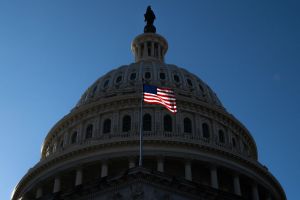
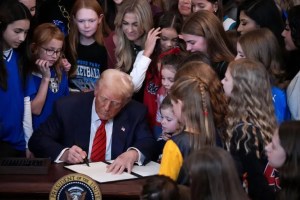

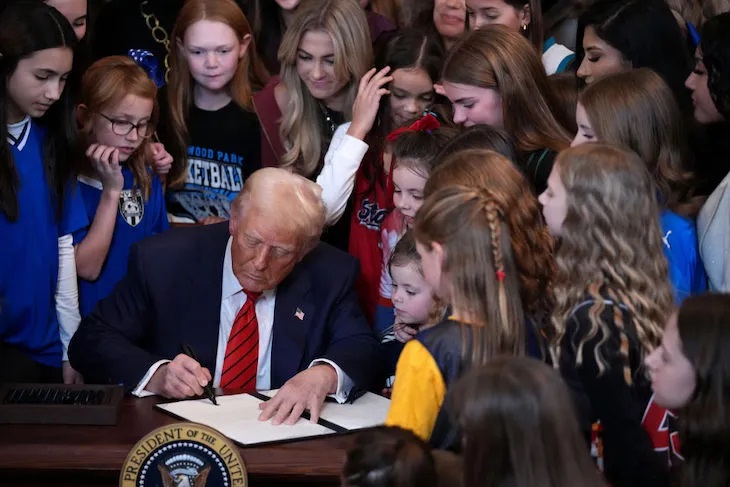
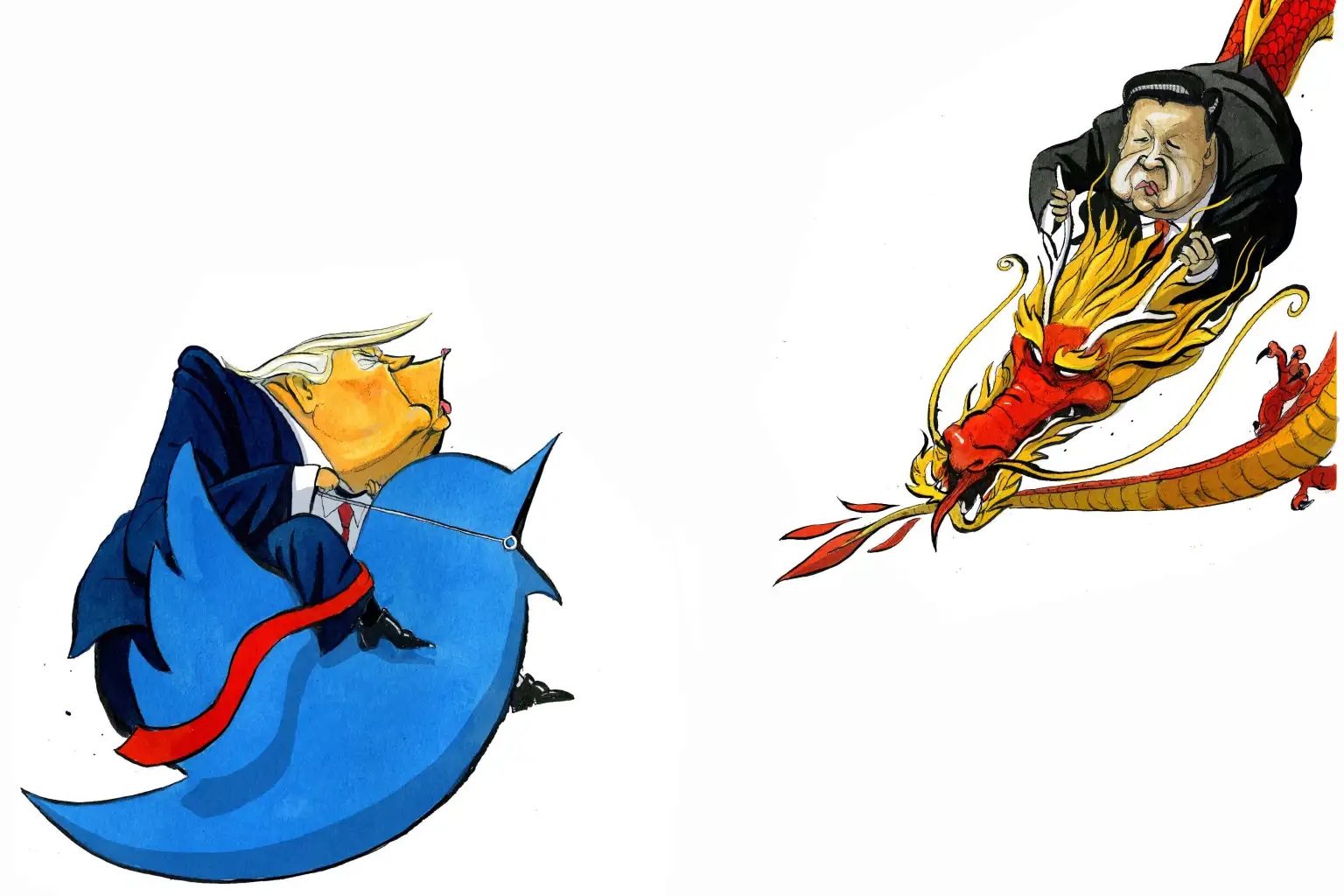
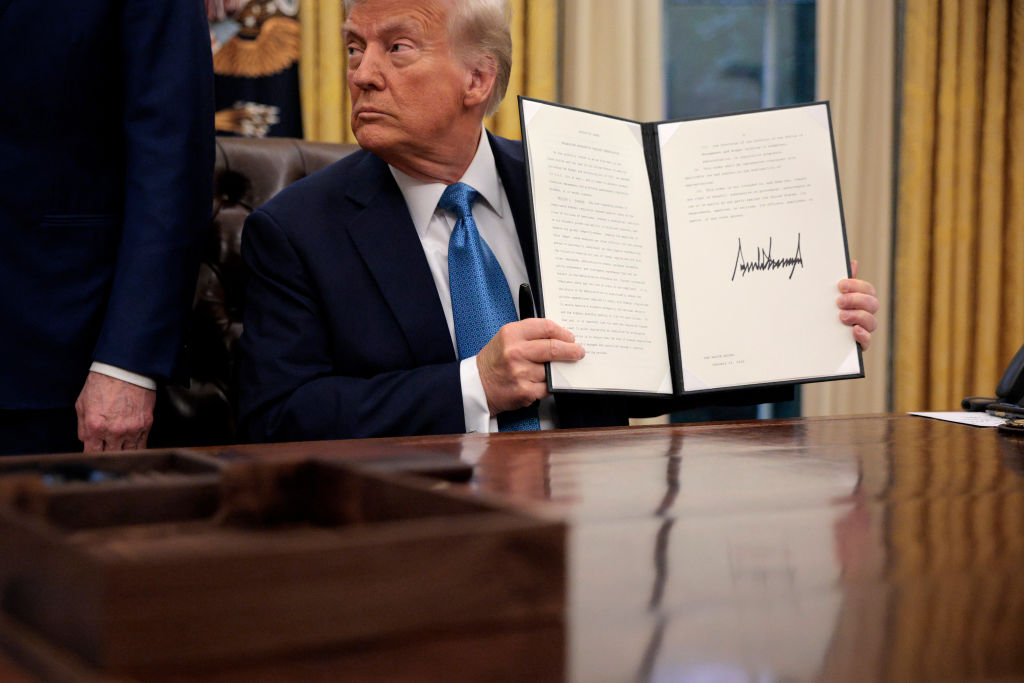

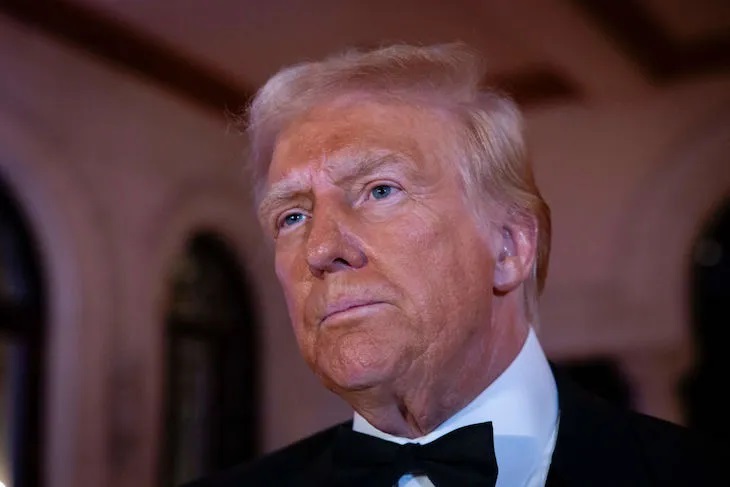







Leave a Reply